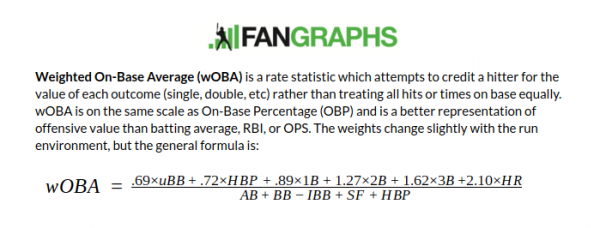Calculating Pitcher WAR, A Complete Example
One of the hallmark statistics available at FanGraphs is Wins Above Replacement (WAR) and we’ve just rolled out an updated Library entry that spells out the precise calculations for pitchers in more detail than ever before. There’s always been a clear sense of the the kinds of things that go into our WAR calculation, but until this point finding the specific formula for pitcher WAR has been a little complicated.
As of today, we’ve resolved that and I encourage you to go check out our basic primer on WAR and our detailed breakdown of how we calculate it for pitchers. If you’re a hands-on learner, grab a pen and paper or spreadsheet and follow along. I’m going to walk you through a complete example of how to calculate WAR for pitchers. Let’s use the 2016 version of Marcus Stroman as our exemplar. Please note that I will being rounding off certain numbers in the example to keep the page as neat as possible, so if you wind up being off by 0.1 WAR or so, don’t sweat it.
See also: Position Player Formula | Position Player Example

